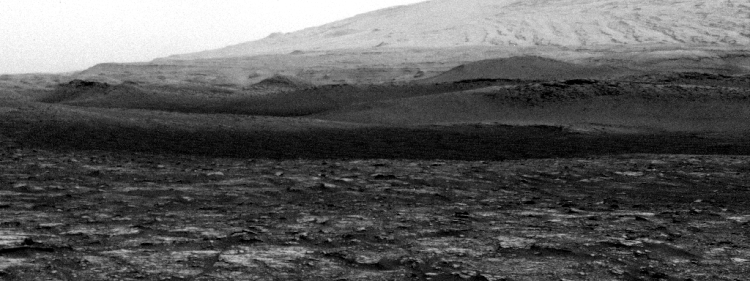The atmosphere of Mars is a layer of gases surrounding Mars, which is composed primarily of carbon dioxide (95%), along with molecular nitrogen (2.8%), and argon (2%) and trace levels of other compounds. The Martian atmosphere is much thinner than Earth's, its average surface pressure of 610 pascals (0.088 psi) being less than 1% of the Earth's value. This prohibits the existence of liquid water on the surface of Mars, but many studies suggest that the Martian atmosphere was much thicker in the past. The effective temperature at the surface is around 210 K (−63 °C; −82 °F), and it has a large daily temperature range due to the low thermal inertia; in some regions it can vary from −75 °C (−103 °F) to near 0 °C (32 °F). Dust devils and dust storms are prevalent on Mars, which are sometimes observable by telescopes from Earth, and can threaten the operation of Mars rovers. Planet-encircling dust storms occur on average every 5.5 Earth years (3 Martian years), but the mechanism responsible for these storms is not well understood. This small dust devil was captured by NASA's Curiosity rover in 2020.Animation credit: NASA / JPL-Caltech / Space Studies Institute
